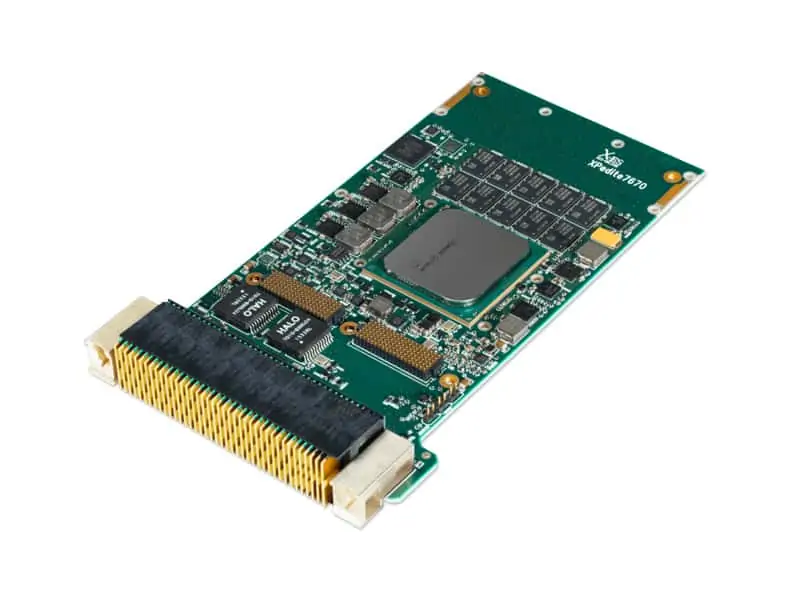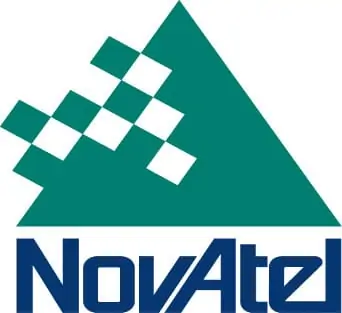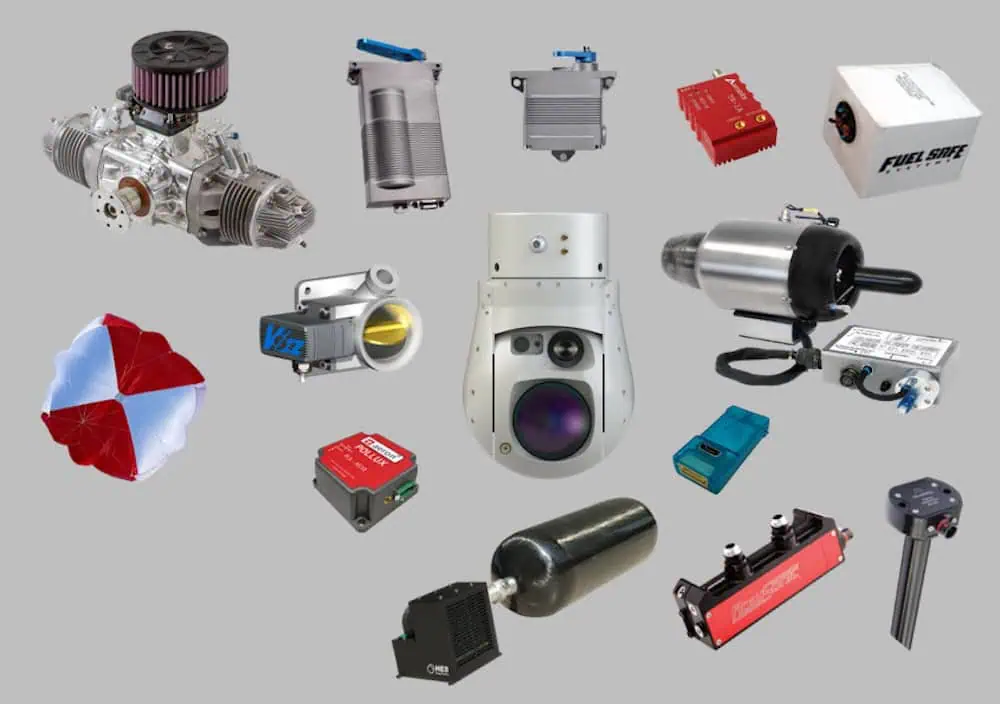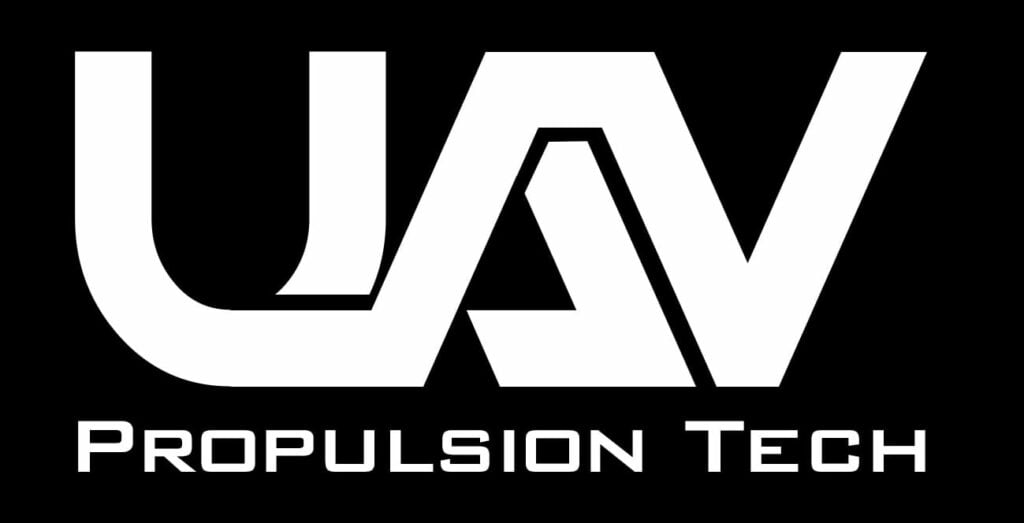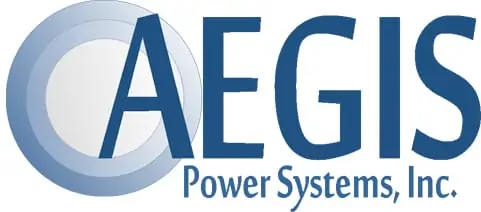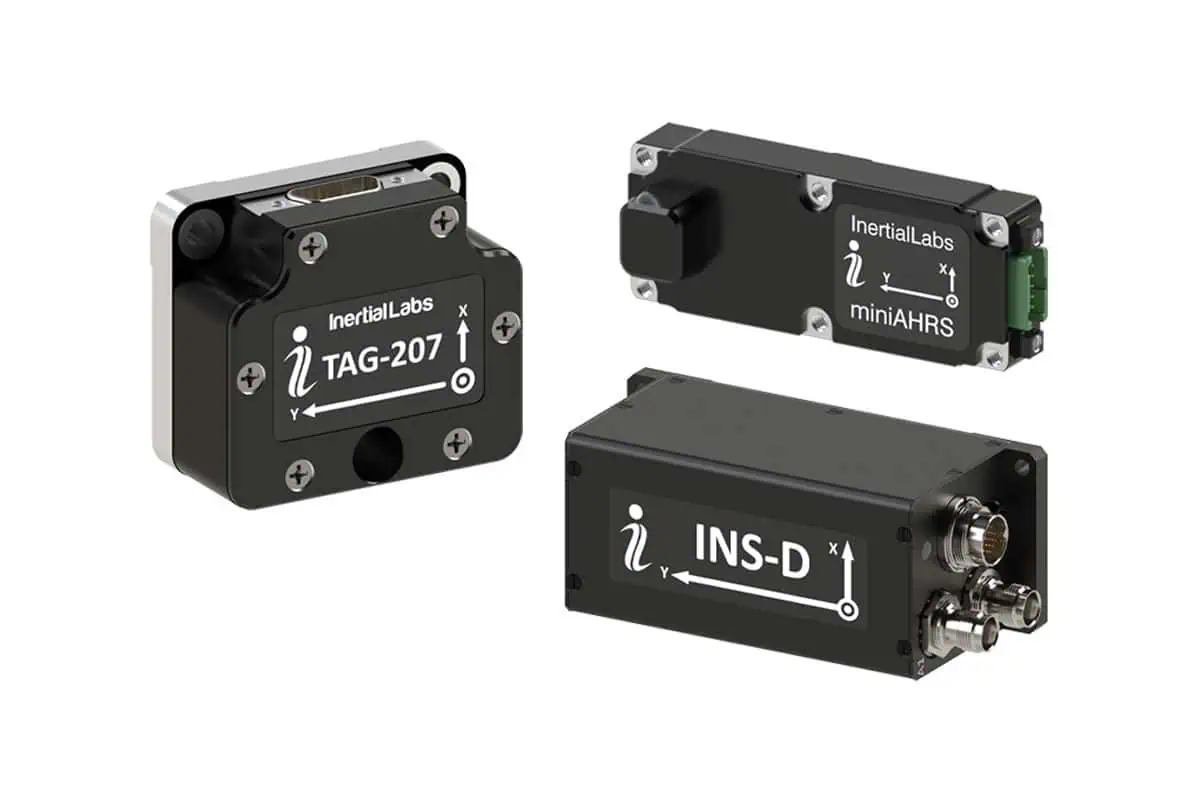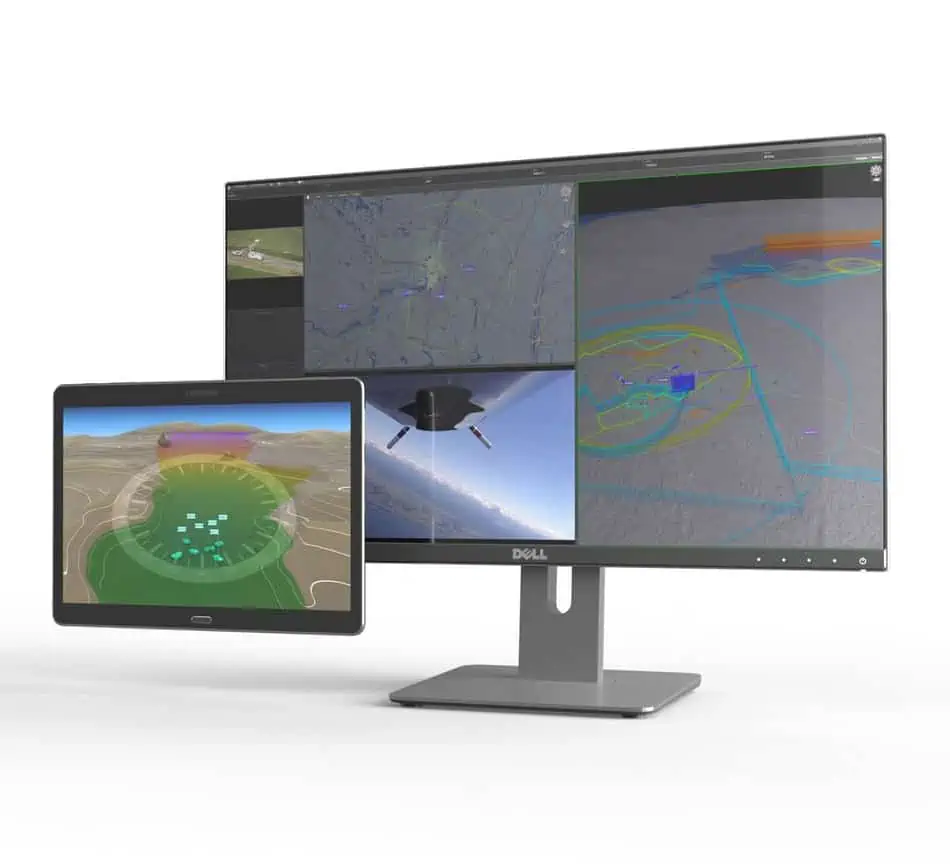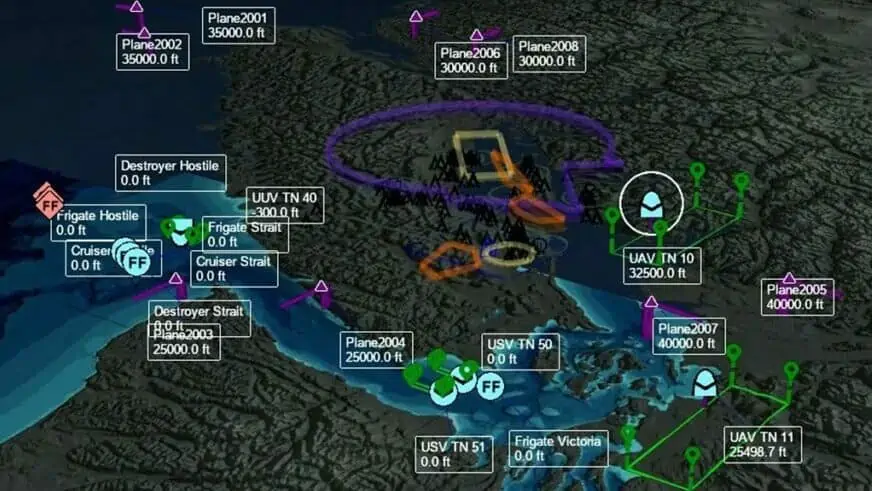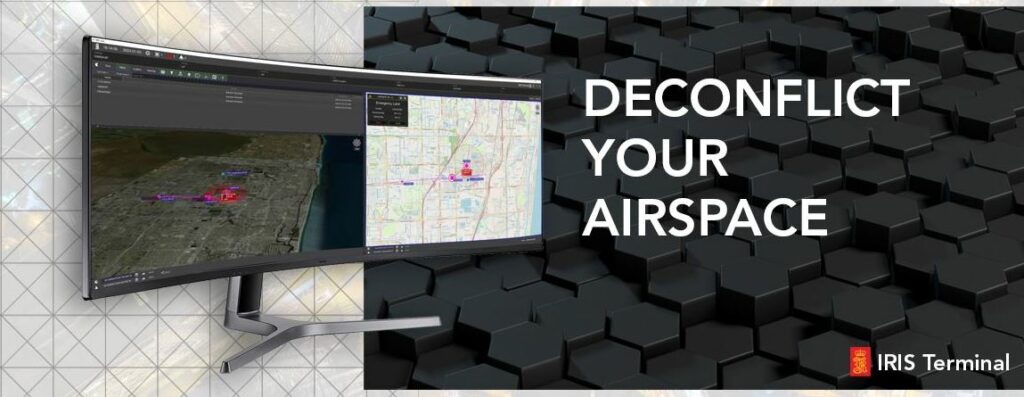This article delves into how Kongsberg Geospatial’s TerraLens geospatial and display Software Growth kit (SDK) empowers users too create real-time maps in both 2D and 3D, offering innovative data visualization capabilities.
While many are accustomed to using mapping applications or GPS devices for route planning, thes tools typically depend on established road networks. However, when navigating through regions with sparse road infrastructure, what factors should be taken into account for effective route planning?
Key Factors in Route Planning
The foremost consideration is the vehicle’s capabilities, as all other elements of route planning hinge on its specifications.
The ability of both manned and unmanned vehicles to traverse various terrains can differ greatly. Factors such as size, weight, weight distribution, engine power, and whether the vehicle is wheeled or tracked considerably influence its ability to navigate specific landscapes.
understanding the physical characteristics of the terrain is crucial for devising an effective route. Elevation can impact engine performance,while the slope and roughness of the ground will determine traversable areas. Soil composition and moisture levels affect traction, helping to identify regions to avoid or favor. Natural features like dense forests, lakes, and rivers present additional challenges that must be navigated around. While prior knowledge of the terrain is beneficial, local conditions can shift rapidly, necessitating adjustments based on factors like weather changes.
The importance of Tactical Awareness
Beyond the physical landscape, understanding the tactical surroundings is essential for route planning to mitigate potential obstacles and threats.
In military contexts, obstacles may include minefields, congested urban areas, artillery damage, and threats from enemy vehicles or observation posts. Additionally, as many elements within the tactical environment are dynamic, route planning can be both reactive and proactive, depending on the level of situational awareness.
With a clear understanding of your surroundings, what destination do you have in mind?
Introducing TerraLens:
TerraLens is a versatile and easily integrable geospatial and display Software Development Kit (SDK) suitable for nearly any development environment.
With TerraLens, users can create real-time maps in both 2D and 3D, enabling powerful data visualization. When paired with QT, TerraLens provides advanced multi-touch capabilities along with a comprehensive UI development toolkit.
Explore TerraLens for Free:
Discover more about our TerraLens Software Development Kit and find out how to obtain a complimentary TerraLens Developer License.

